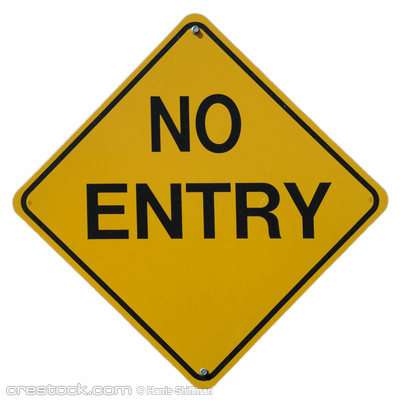How can you tell if it's good, or bad, eLearning?
I read this article back in September when it was first released and sent around Twitter by JConnell.
At the time I put it on my favourite list in Twitter, with a view to reading it again later to fully digest its contents. Well, several months later I found the link again, and have just re-read the piece.
Again, a second or even third read show sup things I missed the first time around. Things like the opening where the piece says that;
“… any discussion of eLearning with an affirmation that the ‘e’ is an unnecessary prefix to the ‘learning.’ The most common argument is that it’s all about learning, that the technology is a mere bit player in the learning process, and that the technology is, after all, ‘just a tool.’”
My second reading of this made me realise that this is what I’ve been saying for years; the students are here to learn (for the most part) about the subject and NOT the technology we use to teach the subject. The technology should be almost invisible to the students, let them concentrate on the subject matter, and a “considered use of technology” (a phrase I’ve been using for years, cant’ remember where I first heard it) employed … if it is appropriate and applicable, then use it. Does it enhance the learning experience, does it enable the students to easily filter the subject matter from the technology?
John mentions some excellent examples from his PLN of examples of ‘bad’ eLearning, of which I really liked these two;
“Bad eLearning is when you try to do something just because you can and just because it is using technology.”
“… relying on the technology to do the teaching for you; thinking that a new tool will substitute for engagement and interest in your students.”
This is, of course, abusing the faith the students have put in you to design appropriate learning activities to enhance their learning experience, not detract from it, as well as abusing the technology; this is not my “considered use of technology”.
But what of ‘good eLearning’? how about this from Ivan Illich who says that a good educational system should have three purposes;
- provide all who want to learn with access to available resources at any time in their lives,
- empower all who want to share what they know to find those who want to learn it from them,
- furnish all who want to present an issue to the public with the opportunity to make their challenge known.”
John isn’t quite so complimentary of the last two suggestions, but I think they are worthy starting points to consider good/bad eLearning.
After posting the link to John’s original article on Twitter this morning, I got a few good comments back, notable was one from HallyMk1 who put it simply by saying “I prefer good enough”. Well, there you have it.
But, perhaps he has something. Perhaps good enough is all we need; after all, if the students pass and have the ability to do well, then we’ve done our job even if the tool and method used is not particularly clean or clever? Controversial, yes, but acceptable?



















Thanks for the kind mention, David.A couple of points come to mind.It wasn’t my intention to be anything other than complimentary about Illich’s 3 purposes of learning. I need to go and re-read what I actually wrote – I regularly use all 3 in a very complimentary fashion in my presentations :-)Also, on your earlier point about the importance or otherwise of the ‘e’ in eLearning, I wrote in the piece that I ‘don’t buy the argument’ that the ‘e’ is irrelevant. My view is that the pervasive digital and networking technologies actually change what it means to be educated today, and that the ‘e’ is critical if we are to make education relevant and meaningful for students today.Cheers,John
John
Kia ora e David
“The technology should be almost invisible to the students . . .” “Yes! Yes! Yes!
This has been my contention for the past 10 years. I teach the subject, not the technology. There is no sense presenting yet another barrier to elearning.
Catchya later
I concur. I even used the ‘good enough’ point at the Alt-C VLE is dead debate :) I often get frustrated with learning technologists or educators complaining about the systems that are available to support e-leaning (VLE mostly) by pointing at other tools and saying ‘look those are better, we want those instead’ rather than identifying any actual deficiencies in the adequacy of the available tools.
By all means, criticise tools for e-learning if they are not fit for purpose and get that addressed, but if all the criticism is just complaining that the grass is greener somewhere else then that is both unproductive and unproffesional IMO.
Let’s hear it for tools that are ‘adequate’ – as that usually also means affordable, sustainable and therefore appropriate.
I’m sure this will crop up in the debate when revisted for the #vleundead event on Dec 16th too :)